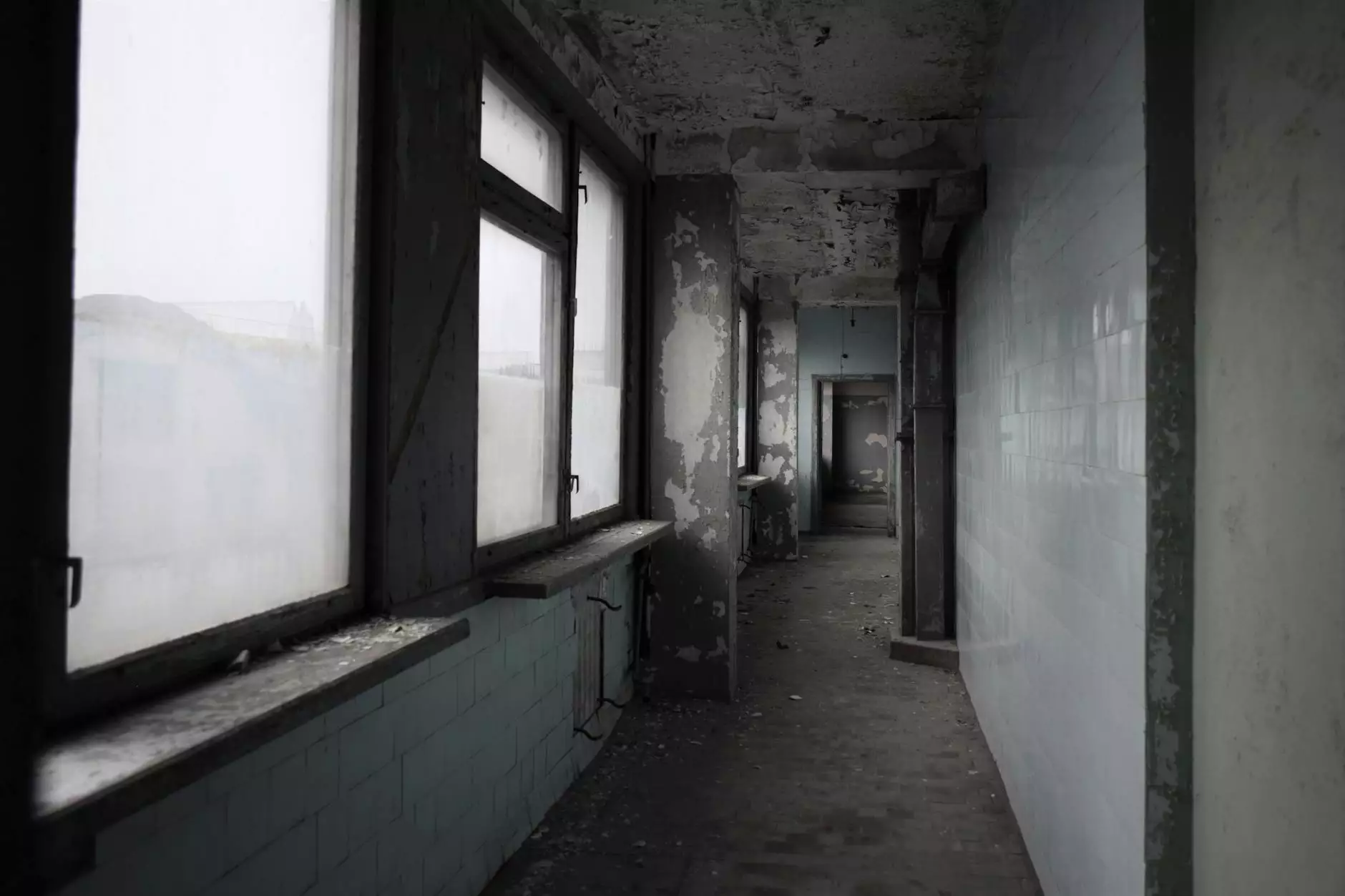High-Quality Swimming Pool Plaster: Your Ultimate Guide

When it comes to swimming pool renovation, one aspect that often stands out is the type of plaster used. The plaster is not merely a cosmetic addition; it is crucial for the durability, aesthetics, and overall functionality of the pool. This article will provide you with an exhaustive guide on swimming pool plaster, discussing its importance, types, application processes, maintenance tips, and why choosing qualified professionals is essential.
The Importance of Swimming Pool Plaster
Swimming pool plaster serves several vital functions:
- Durability: Quality plaster ensures the longevity of your pool by providing a robust barrier against water, chemicals, and environmental factors.
- Aesthetics: The right plaster enhances the overall appearance of your pool, giving it that desired turquoise glow.
- Surface Protection: Plaster protects the underlying structure from corrosion and damage over time.
- Algae Resistance: Many plaster formulations offer resistance to algae growth, making it easier to maintain clean water.
Types of Swimming Pool Plaster
Understanding the different types of swimming pool plaster available in the market can significantly influence your choice. Here are the most common types:
1. Traditional White Plaster
Traditional white plaster, made of a mixture of cement, sand, and water, is the most common type of plaster used in pools. Its smooth finish enhances the clarity of water and is often favored for its lower cost.
2. Colored Plaster
As the name suggests, colored plaster allows for a variety of hues and shades. This form of plaster usually incorporates pigments, offering a more personalized look for residential pools.
3. Aggregate Plaster
Aggregate plaster contains small stones or glass beads mixed into the plaster. The result is a textured surface that isn’t just visually striking but also adds durability. It's perfect for homeowners looking for elegance and lasting quality.
4. Quartz Plaster
Quartz plaster consists of fine quartz crystals mixed with plaster materials. This type tends to offer superior longevity and resistance to chemical damage while providing a beautiful glossy finish.
5. Pebble Plaster
Pebble plaster is made with small pebbles, providing a natural look and a more gripping surface. This is particularly beneficial for those who prefer a more organic aesthetic and anti-slip properties.
Application Process of Swimming Pool Plaster
The application of swimming pool plaster is a job that requires considerable expertise to ensure a seamless finish. Below are the essential steps in the plastering process:
Step 1: Surface Preparation
Before applying plaster, the pool surface must be thoroughly cleaned and prepped. This may involve:
- Removing old plaster and debris.
- Fixing cracks and smoothing uneven surfaces.
- Using acid wash or other cleaning agents to ensure a clean surface.
Step 2: Mixing the Plaster
The accuracy of the plaster mixture is crucial. The ingredients must be mixed properly to ensure that the final application adheres correctly and sets well. Follow manufacturer instructions carefully for optimal results.
Step 3: Application of Plaster
Now comes the application. Plaster can either be sprayed or hand-applied, and it’s essential to:
- Work in sections to avoid overlapping and inconsistencies.
- Ensure a uniform thickness across the entire surface.
- Use tools like trowels and floats for smooth finishes.
Step 4: Curing the Plaster
Curing is an essential step that involves keeping the plaster moist to allow proper hardening. This generally requires:
- Frequent misting with water for several days post-application.
- Avoiding any heavy traffic in the pool area until fully cured.
Maintenance Tips for Your Swimming Pool Plaster
Maintaining the integrity of your swimming pool plaster requires regular upkeep. Here are some tips to extend the life of your plaster:
1. Regular Cleaning
Keep the pool clean by regularly brushing the plaster surface. This helps to prevent dirt and algae buildup, which can compromise the plaster's surface.
2. Monitor Water Chemistry
Maintaining balanced water chemistry is vital. High levels of acidity can erode plaster, so test pH and alkalinity regularly.
3. Address Cracks Promptly
If you notice any cracks or chips, address them immediately. Small issues can lead to larger problems if left unattended.
4. Professional Inspection
Periodic professional inspections can spot potential issues before they escalate, ensuring that your pool remains in top shape.
Choosing the Right Professionals for Swimming Pool Plaster
While some homeowners might consider taking on plastering as a DIY project, it is highly advisable to hire experts due to:
- Expertise: Professionals have the skill and experience to ensure a high-quality finish.
- Tools and Equipment: Specialized tools can make a significant difference in the application process.
- Time Efficiency: Professionals can complete the job faster and more effectively, saving you time.
- Long-term Results: Quality workmanship translates into better longevity and less frequent repairs.
Conclusion
In summary, swimming pool plaster is a critical component of pool construction and maintenance. From traditional plaster to advanced aggregate and quartz options, understanding the various types and their applications can enhance your swimming experience significantly. Regular upkeep and the involvement of qualified professionals from poolrenovation.com ensure that your pool remains beautiful, inviting, and durable for years to come.
Take the plunge and transform your swimming pool with the right plaster. Don't underestimate the impact that high-quality plaster can have on your pool's aesthetics and performance. For more information and expert assistance, consider reaching out to experts in the field.









